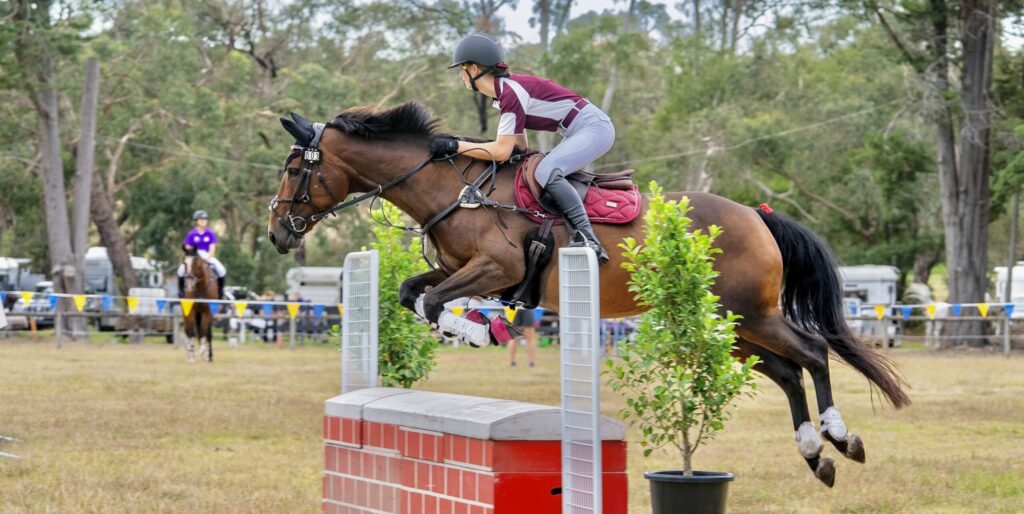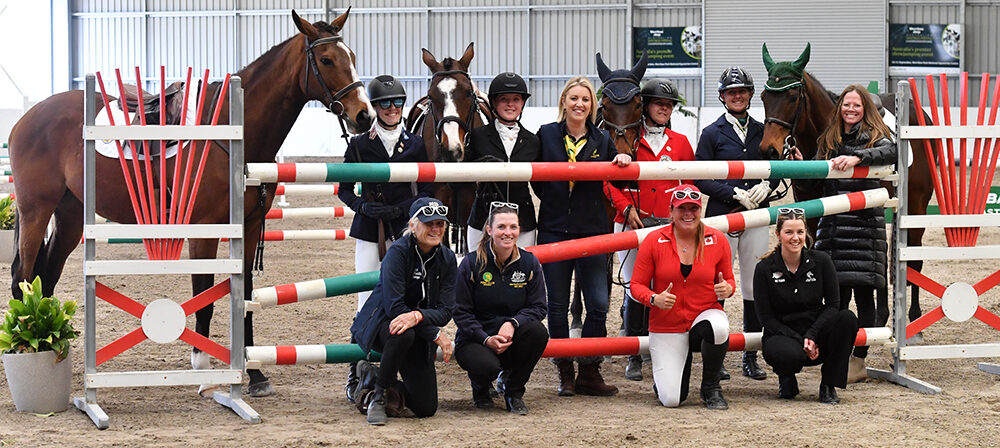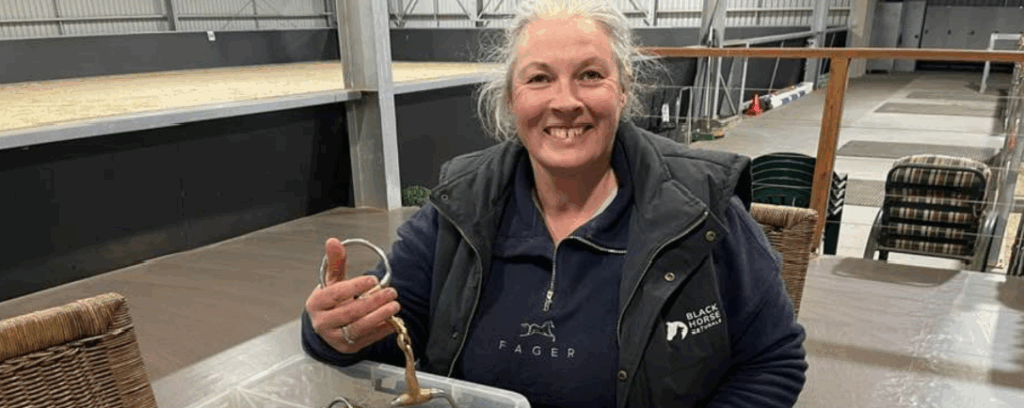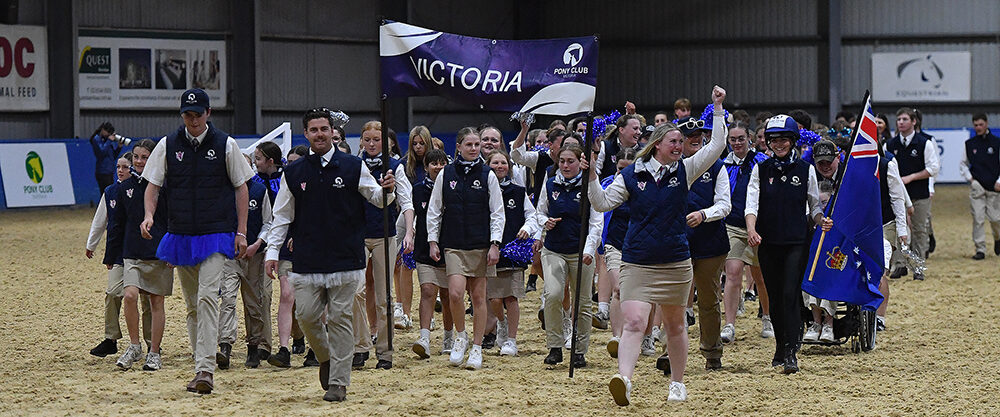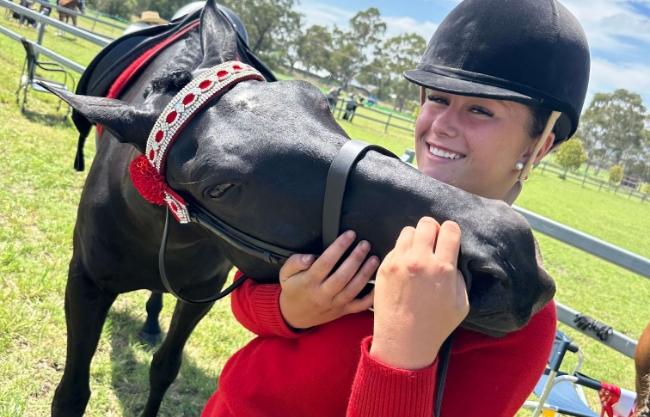What to consider before reaching for a stronger bit in showjumping and cross country
By Fiona Dearing, Bit Right Equine bitting specialist
Bitting for jumping and fast work can often mean we naturally reach for a ‘stronger’ bit without always thinking through the reasons why.
When we’re going faster and jumping we can often feel like we need more control so we can remain in control. Often, our horses can become adrenalised and excited in this work and our normal bit doesn’t feel quite ‘enough’. It’s a delicate balance to find the right bit to ensure we don’t meet a horse’s natural excitement and the fact they’re simply travelling at a faster gait, with outright force.
Regular readers of this column and going to find it no surprise that my very first recommendation is to revisit your training! If your horse is in a well fitted bit for their flat work and responds well to it I generally find there’s no real reason to change the bit for your jumping work at the lower levels. What I do see a lot of is people automatically reaching for a stronger bit to fill a training gap without taking the time to train through it. A bit is only one part of your riding picture and should never be relied upon entirely for your ability to stop and turn. Simply bitting up in this instance meets the horse’s force with more fire power from your end and is not always a fair outcome for the horse.
The flip side of this is obviously everyone has the right to feel safe and we don’t want people to stop riding due to not feeling safe. If this is the case at a lower level then it’s worth discussing it with your coach and seeing if you’re able to be given some exercises to help you reinforce your aids.
Before reaching for a stronger bit think through these steps:
- Step 1 – is this a ‘you’ challenge where you’re naturally feeling a little worried moving at a quicker gait over fences.
- Step 2 – is your coach able to either assist you to feel better if Step 1 is an issue and are they able to assist with exercises to reinforce the training in your current bit.
- Step 3 – does your coach feel you’re at a rider ability level to use a stronger bit?
As we move up the levels for both show jumping and cross country, not only do the fences become higher, the questions between them become more complex and ask more of both horse and rider. This is where adjusting your bitting can often give your horse both quicker and more refined messages appropriate to this level.
Modern bitting has moved on from, or refined, our options of a Dutch Gag, Pelham, or Kimblewick as fast work bits. The older styles of these bits are rarely great options for our horses with many of them having a mouthpiece with a large diameter which makes them both heavy and often difficult for the horse or pony to accommodate in their mouth. In particular, the Dutch Gag in a single joint style puts an alarming amount of pressure on the horse’s lips and the edges of the tongue, something many horses struggle to cope with.
If your horse is comfortable in their current mouthpiece there’s often no reason to change this. Most manufacturers have each mouthpiece available in a variety of cheekpieces including bevel/wilkie, universal, pelham and sometimes kimblewicks. The tricky part is now working out which cheekpiece to move to which is going to change according to behaviour when fast working as well as what you’re wanting to achieve.
Next month we’ll have a look at how each of these cheekpieces work. Bitting really is an important factor in finding the delicate balance between control and softness for our faster work. Before going to the next step in bitting, an awareness of how the next step actually works is vital in ensuring you continue to ride with fairness and understanding.




